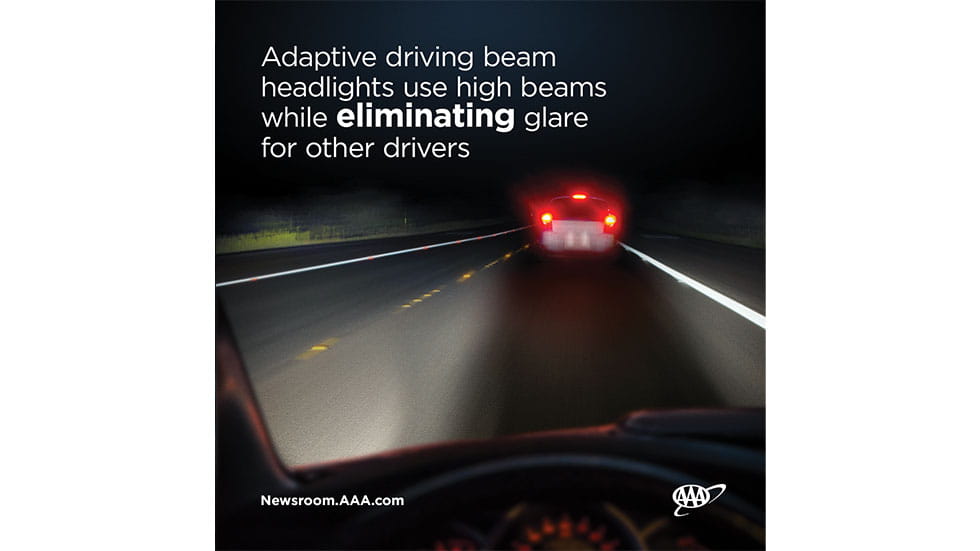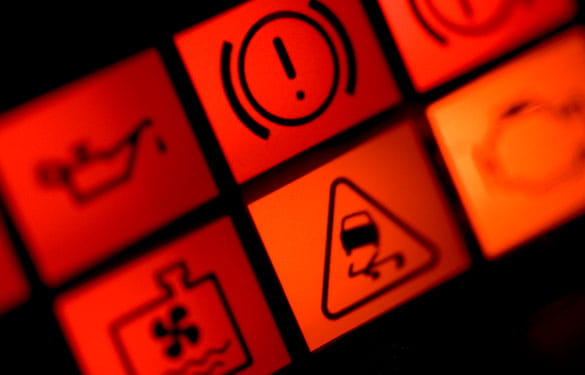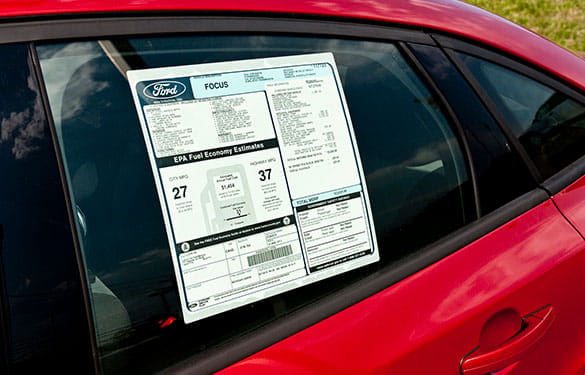New cars will be getting safer headlights within the next few years. The development comes as welcome news for AAA traffic safety advocates who have been pushing for the change—and, more importantly, for anyone who drives at night.
“There are places I’d like to go and people I’d like to visit, but I find myself driving less at night when visibility is limited,” says Carolyn Francesconi, a AAA member. “My headlights just don’t seem bright enough.”
Turns out, they are not. AAA research has demonstrated the inadequacy of headlights used on most US vehicles. In response to these compelling findings, federal lawmakers have updated US headlight standards for the first time in decades.
“Driving at night is more dangerous,” says Cathy Rossi, vice president of Public & Government Affairs for AAA Club Alliance. “It carries the highest fatality rate for both drivers and pedestrians. Given the sharp increase in fatalities on US roadways—especially pedestrian fatalities—updated headlight standards will be a lifesaving improvement.”
As a result of AAA sharing these findings with lawmakers, the federal infrastructure bill recently signed into law includes language requiring that the federal government update safety standards for headlamps and mandating that adaptive driving beam headlamps be available within two years.
“If there is a better, safer alternative, it only makes sense that those headlights should be widely used,” says Francesconi.
The successful push for updated headlight standards is just the latest example of how AAA uses its automotive research to influence vehicle design and ultimately make driving safer for AAA members as well as all drivers and pedestrians.

















